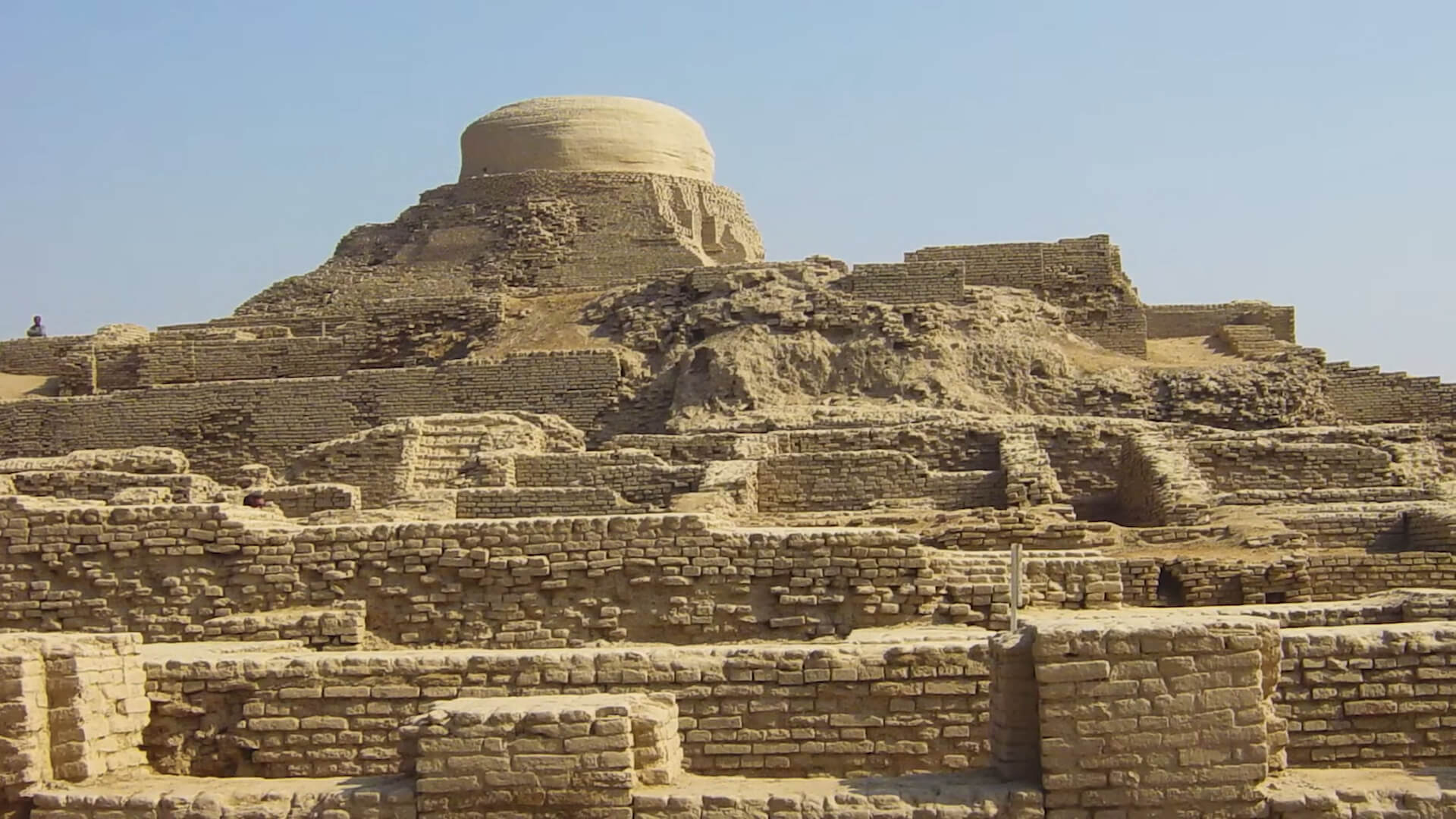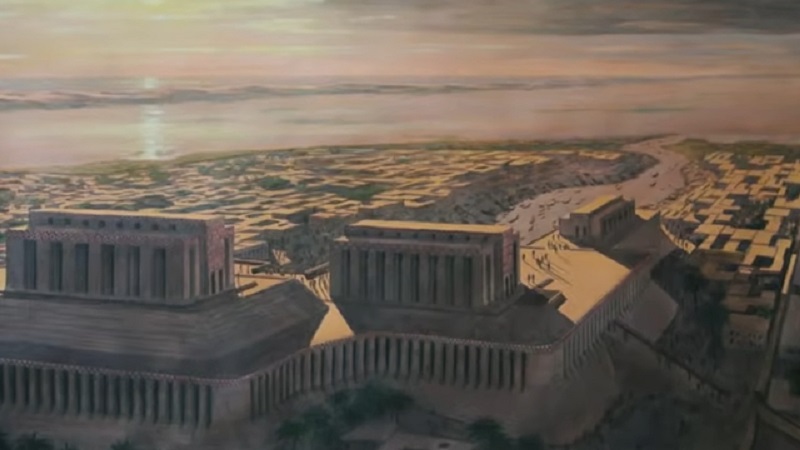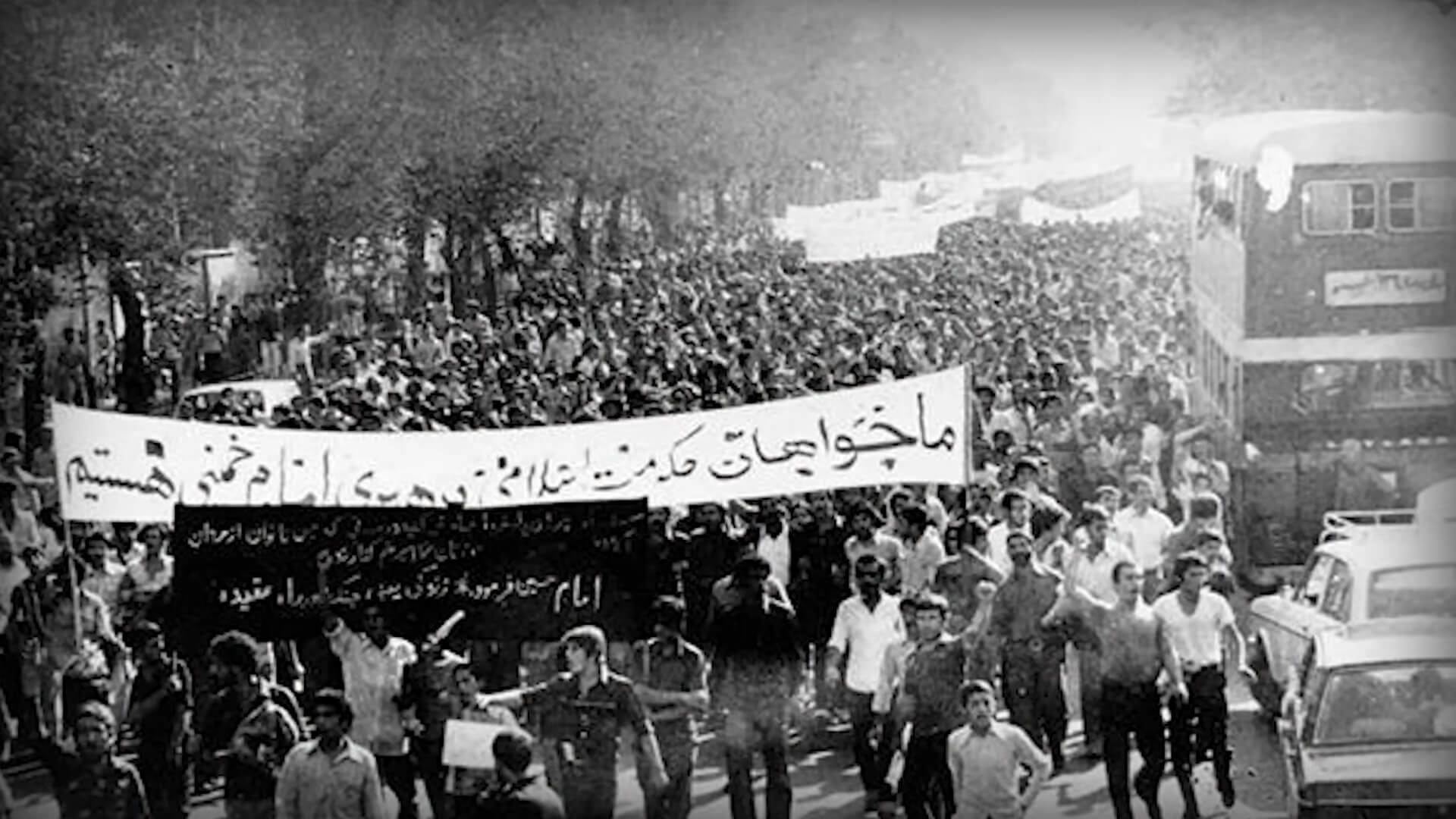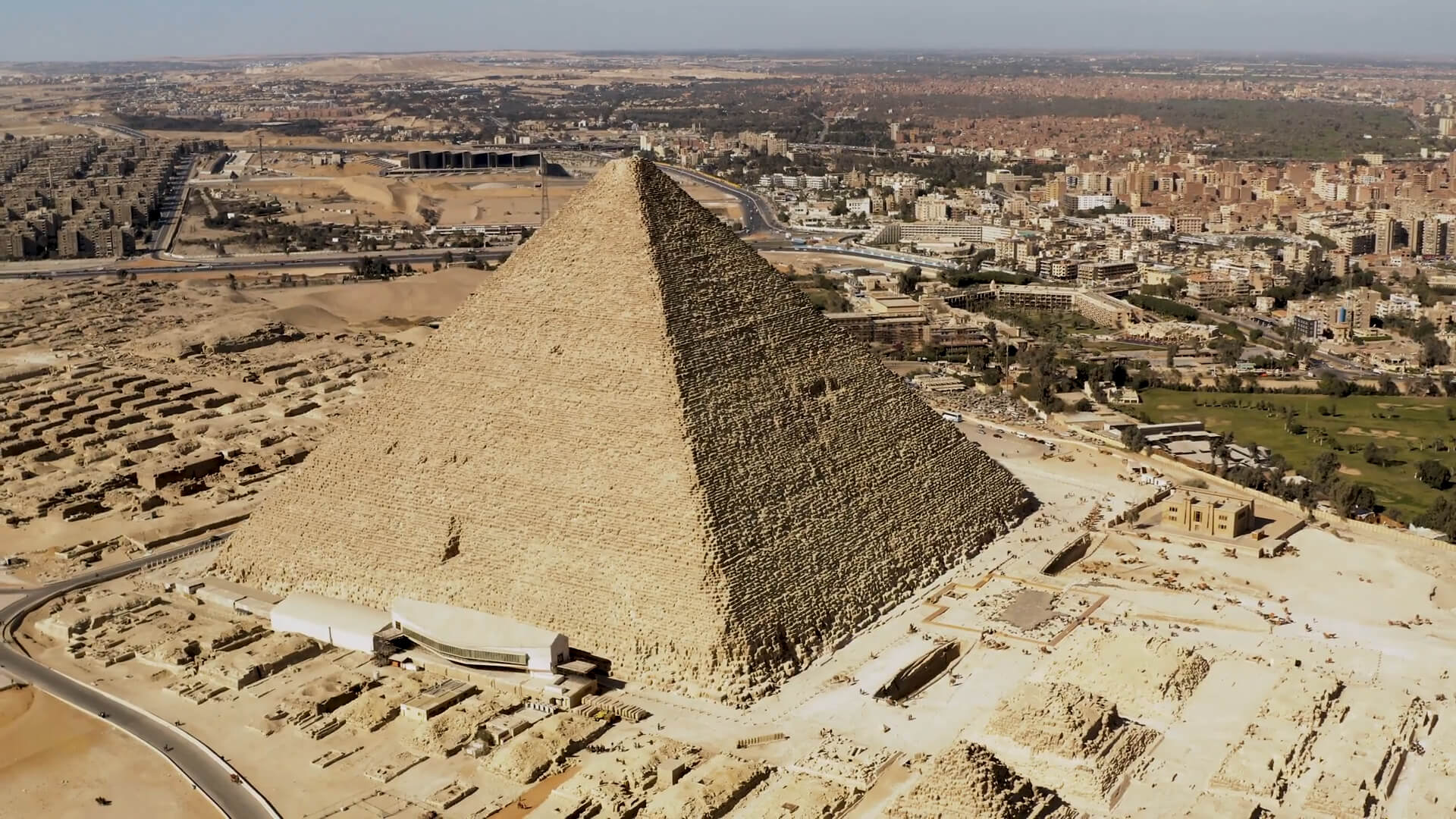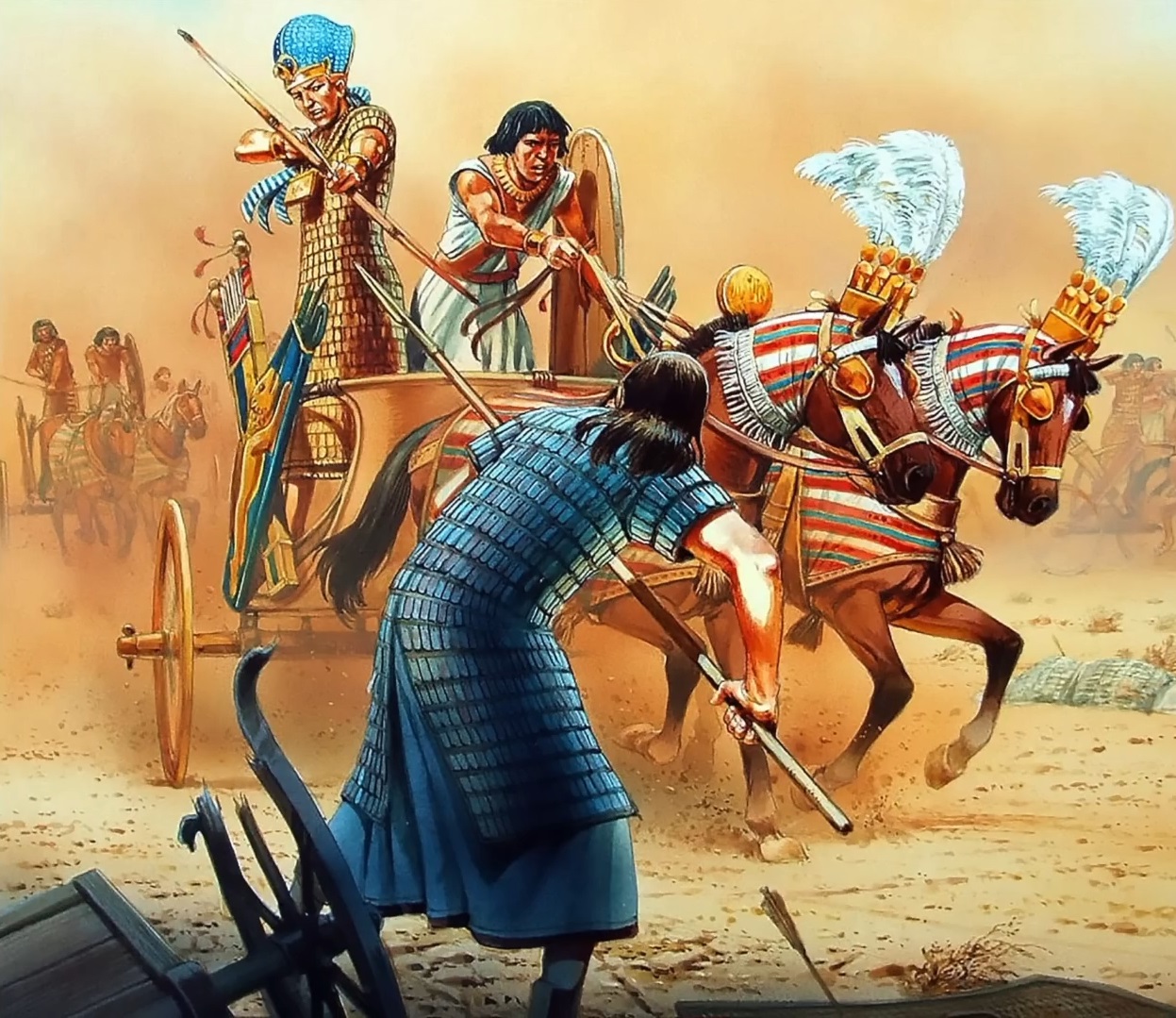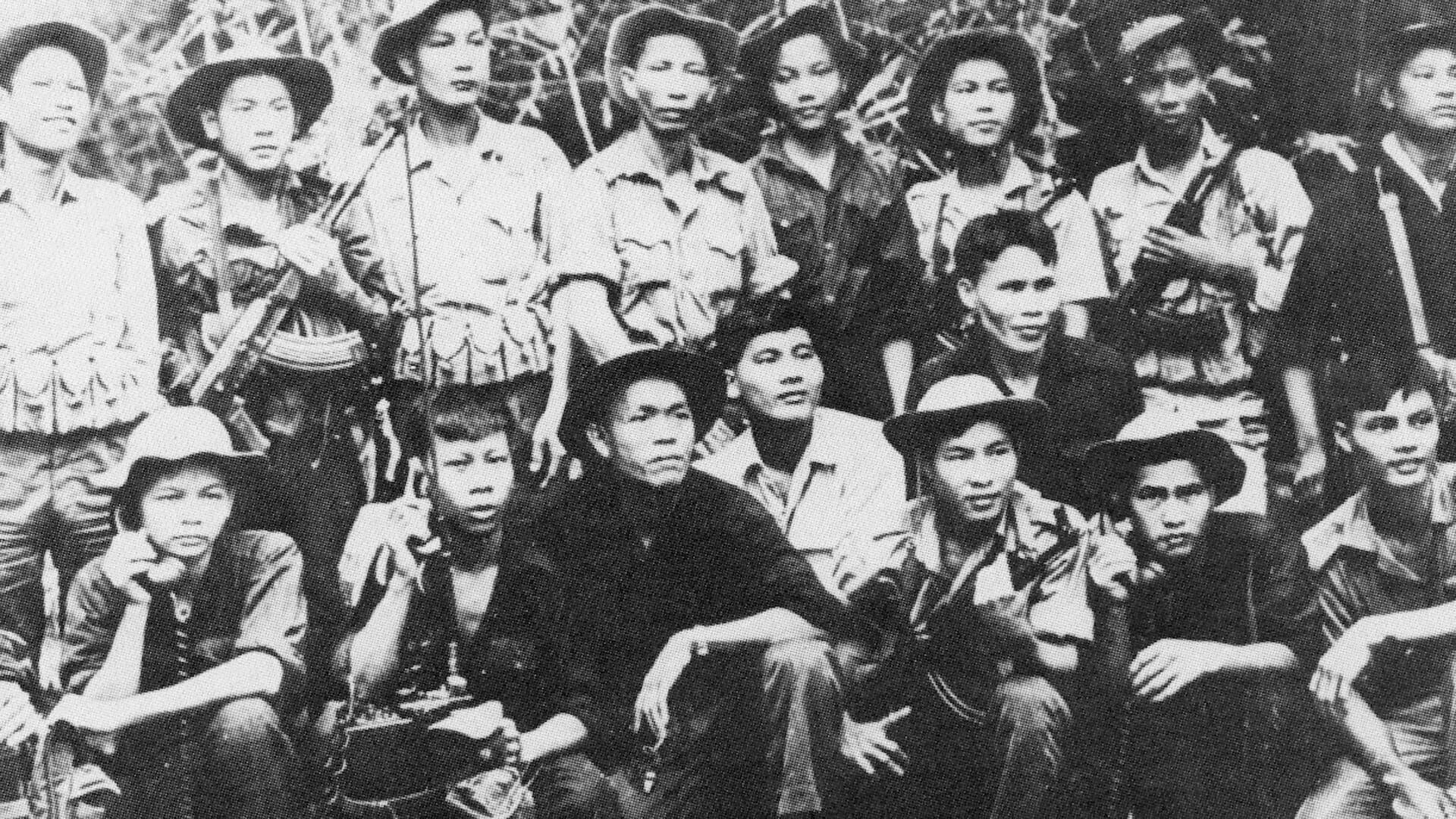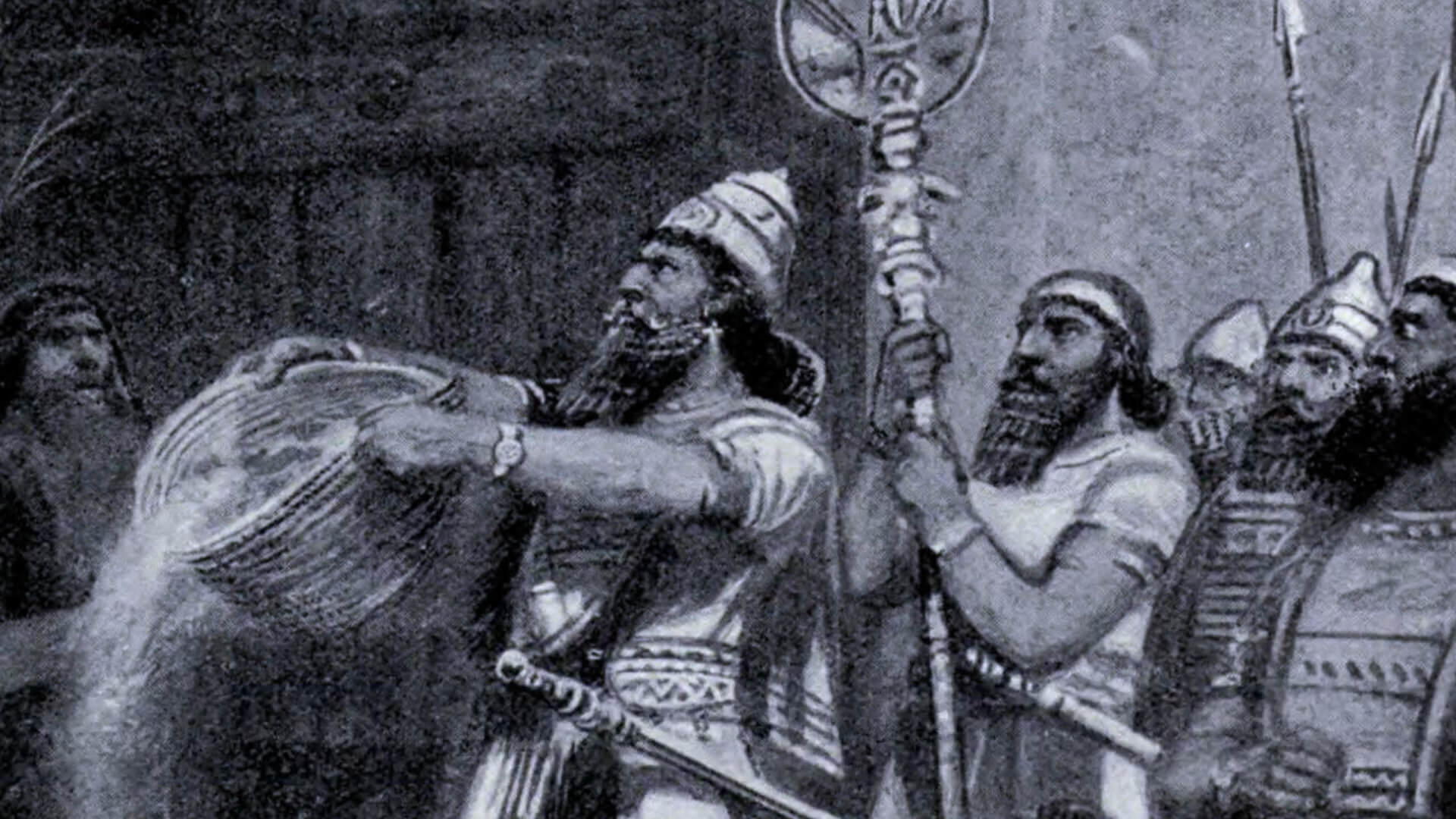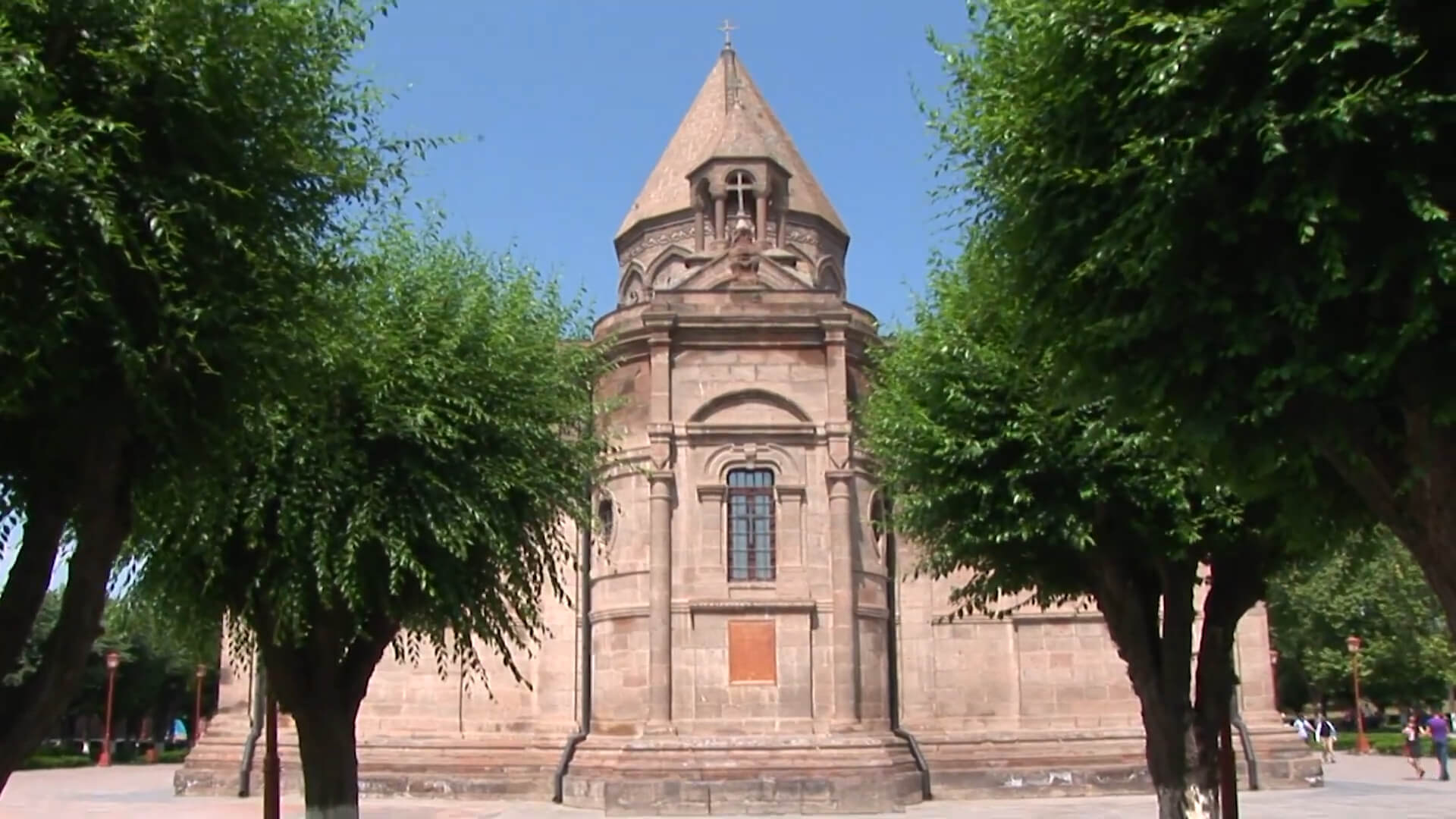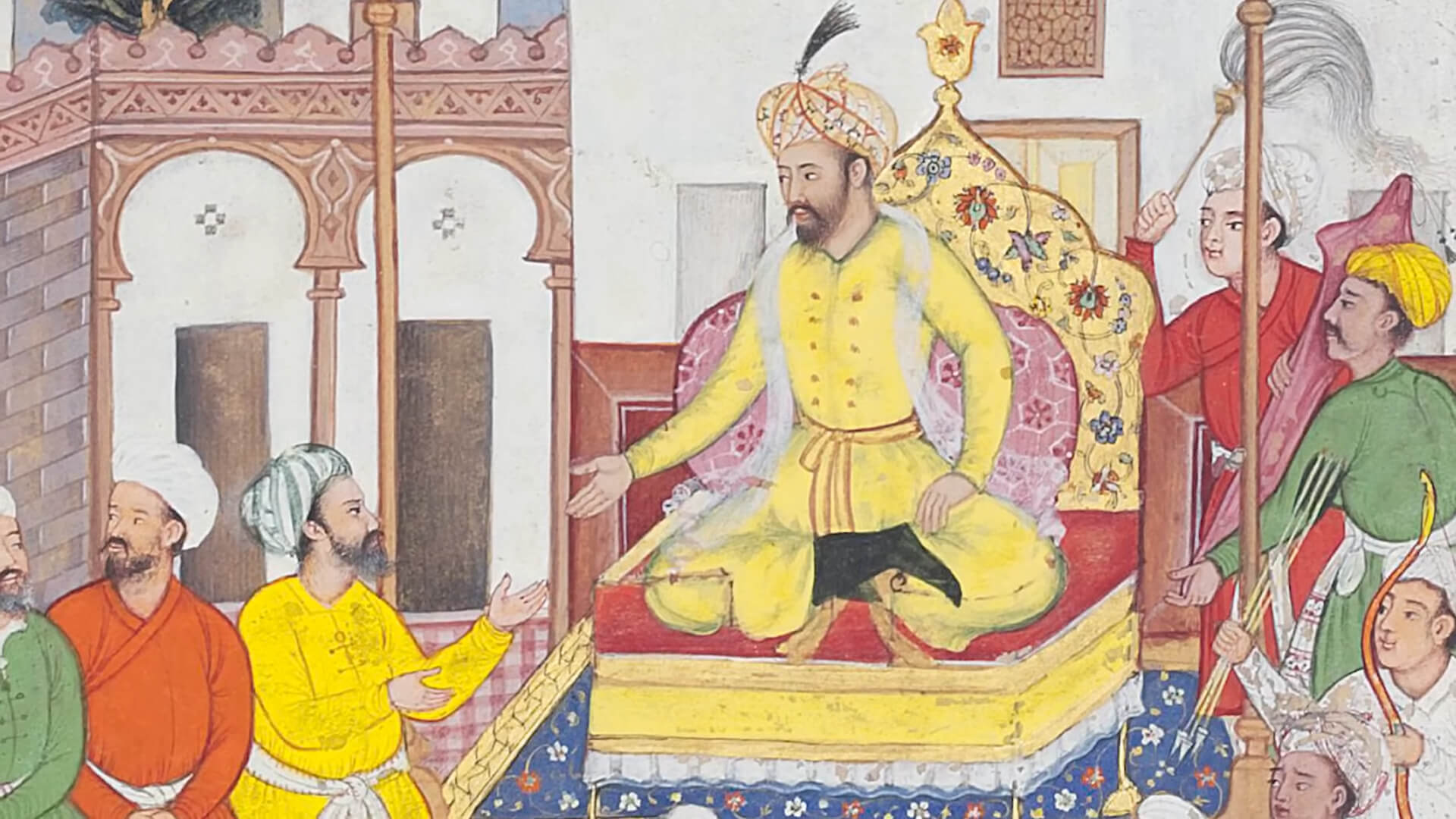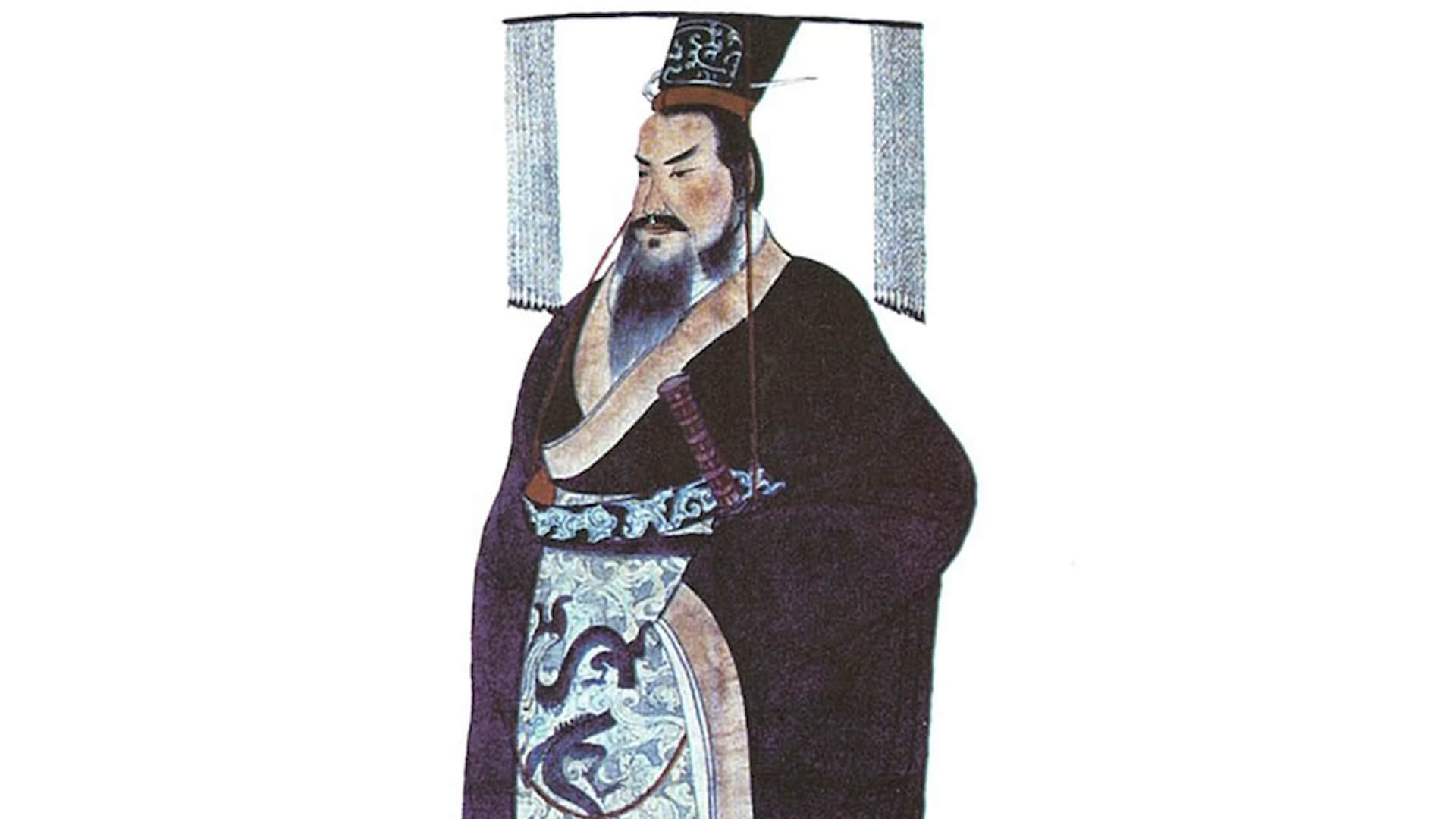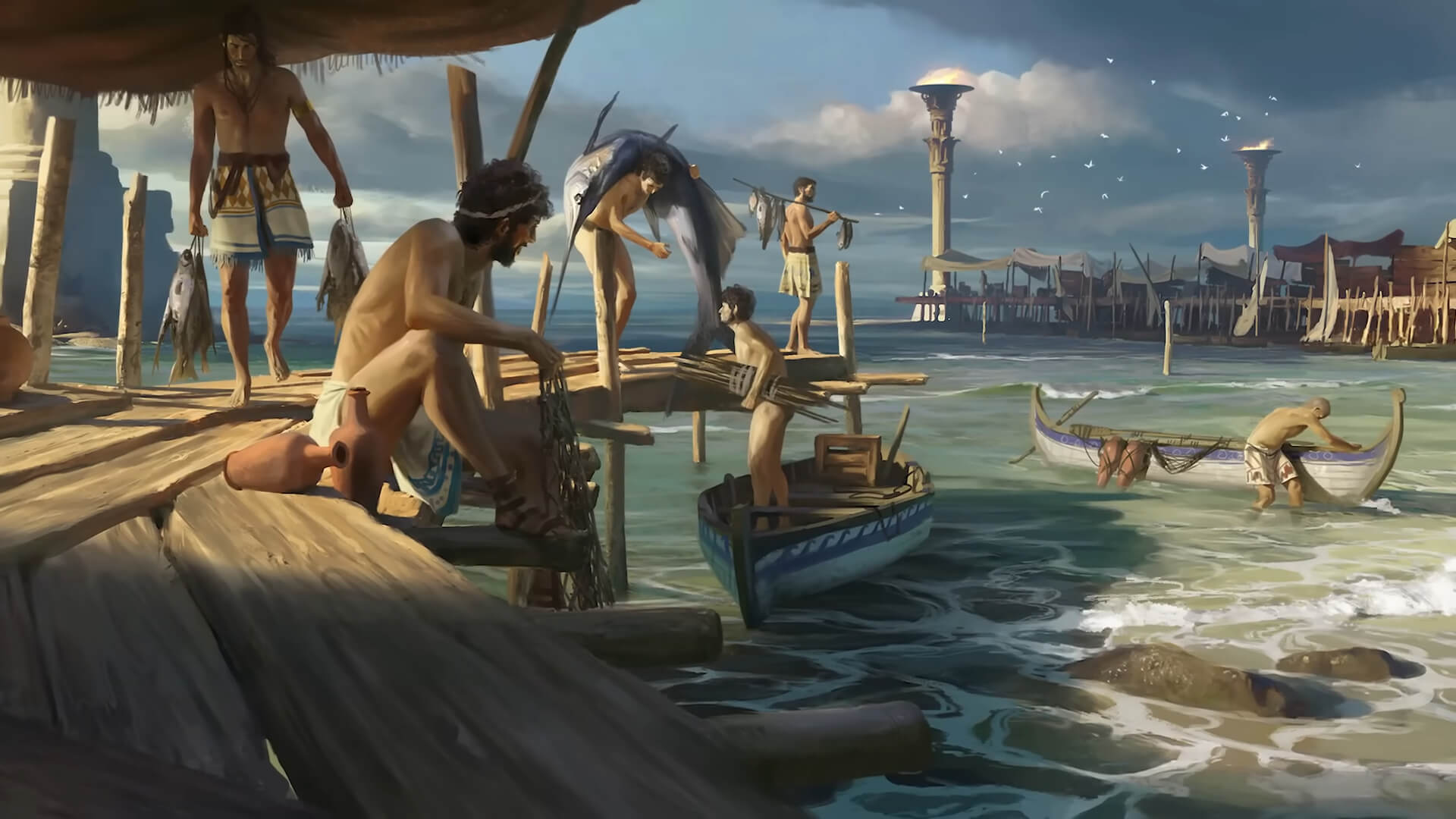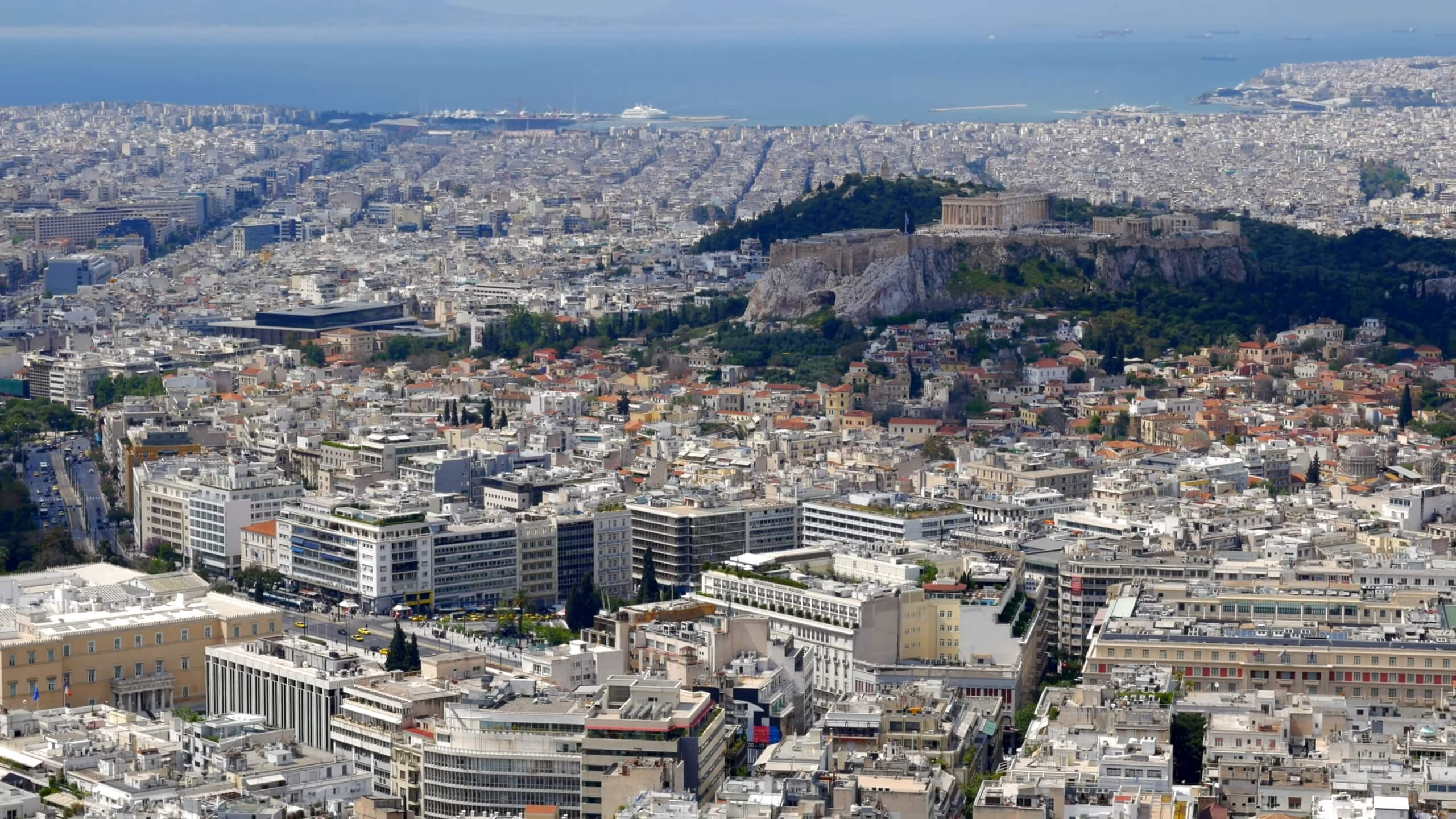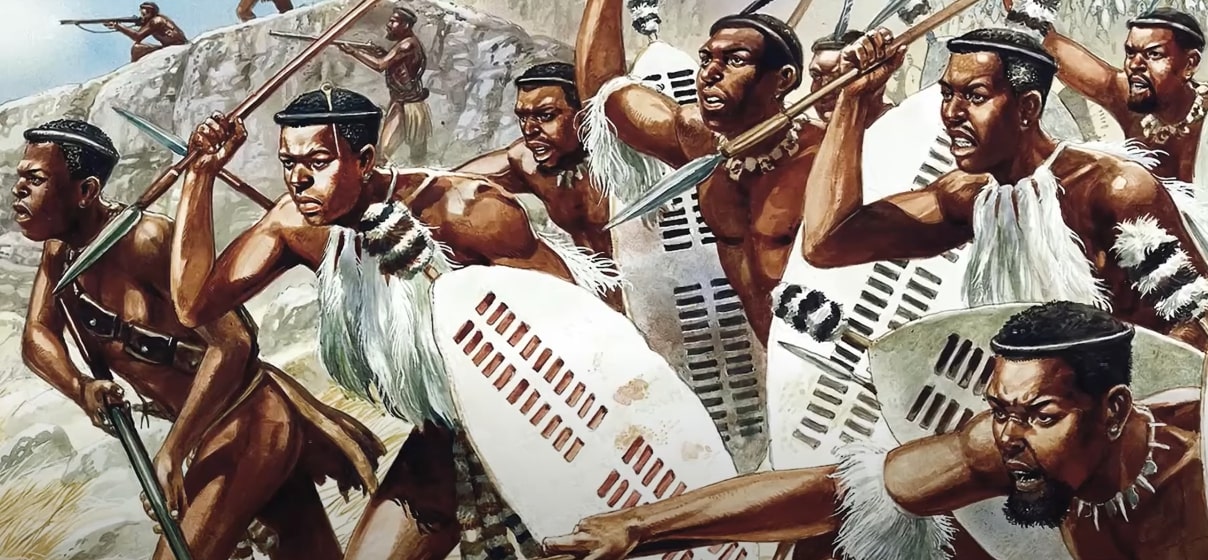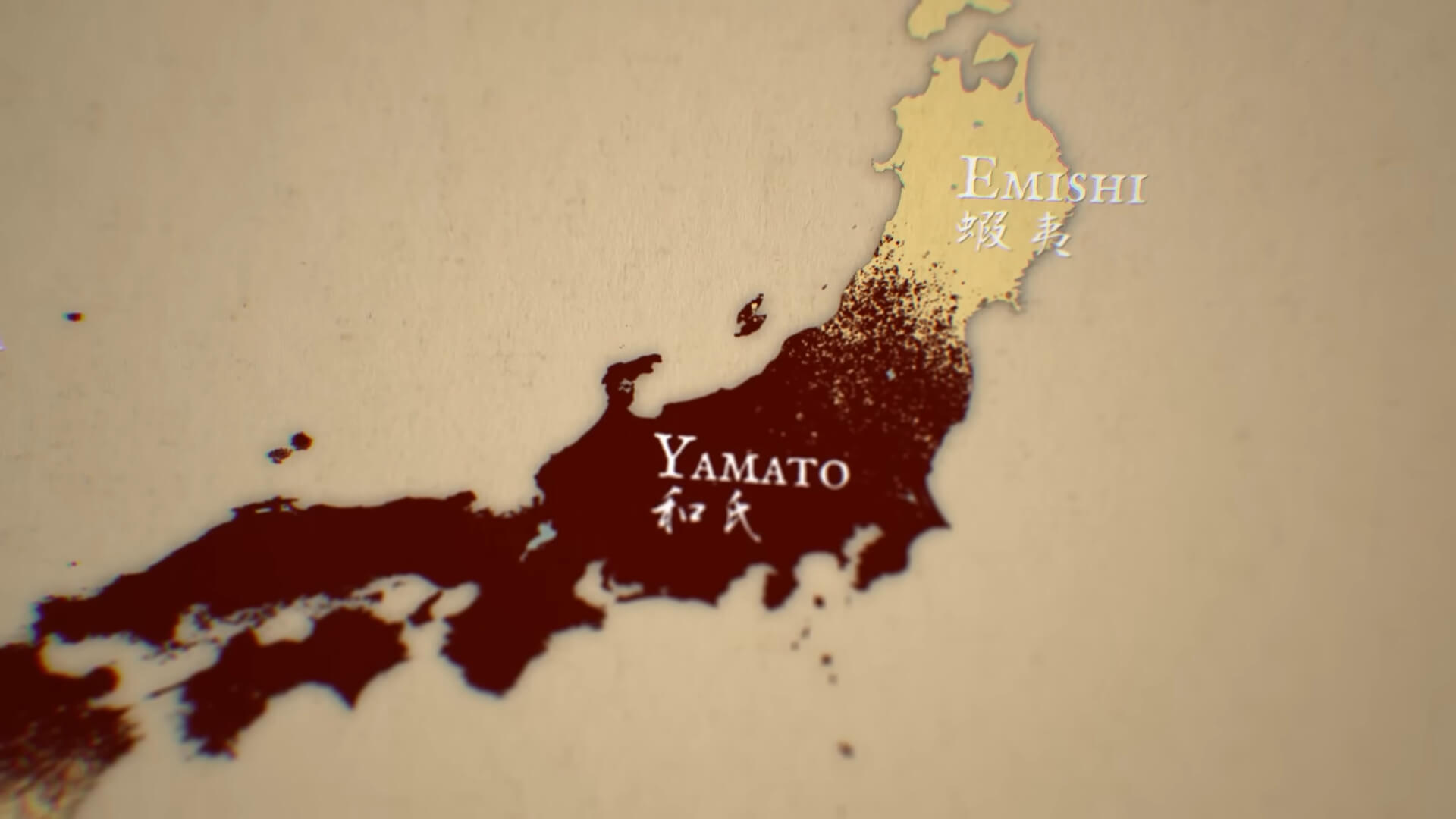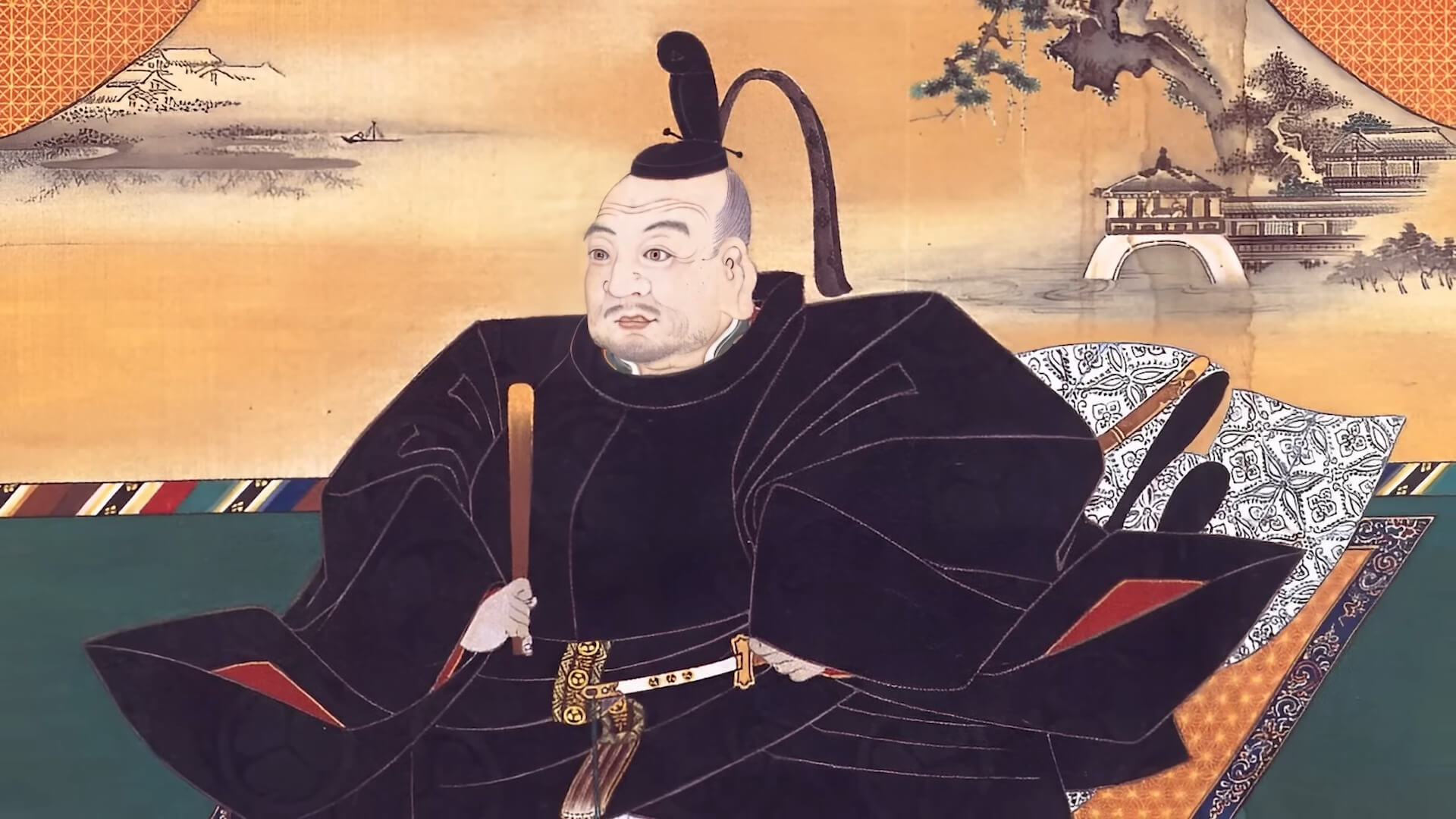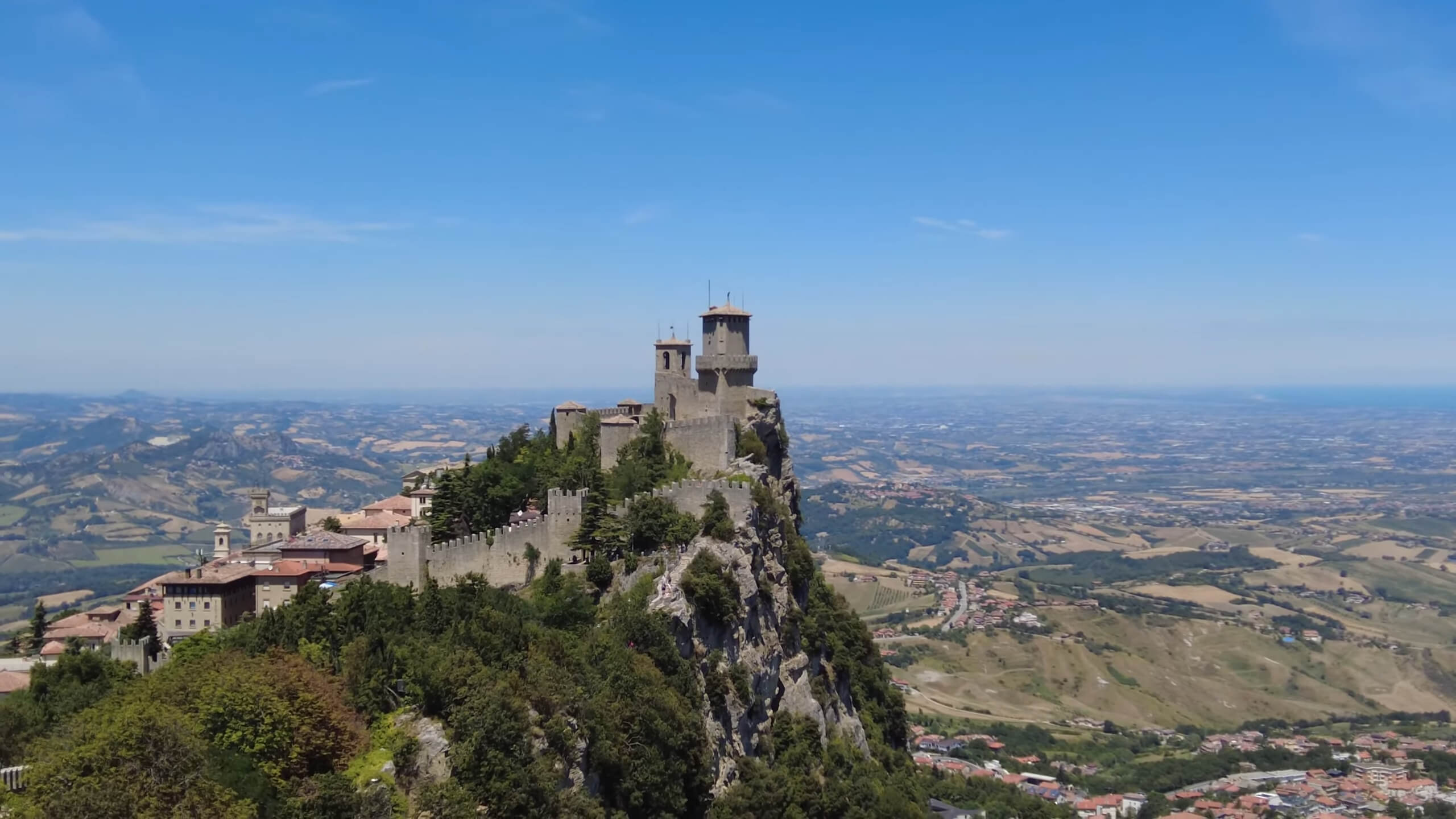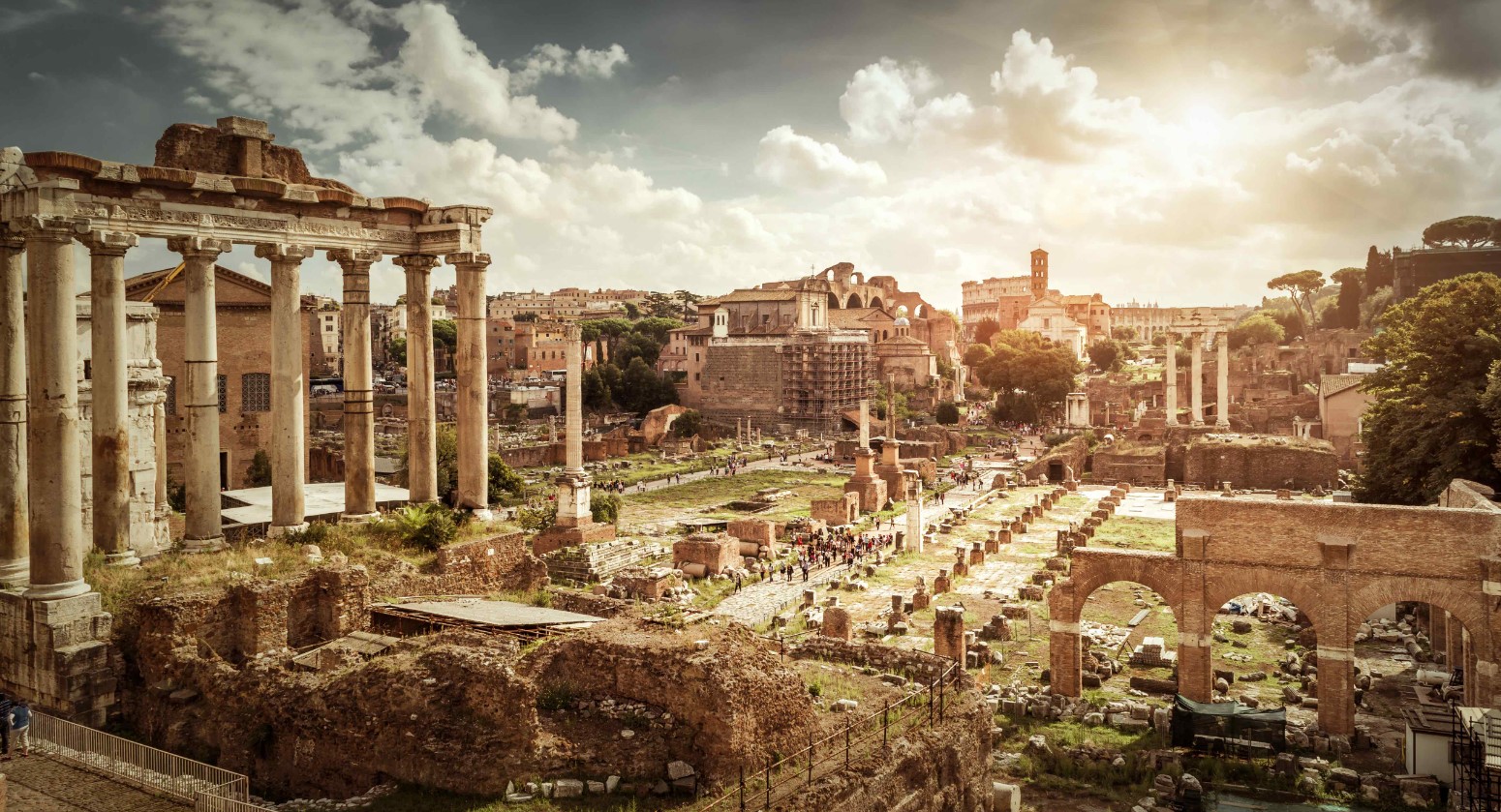
When thinking about the oldest countries in the world, you’re stepping into histories rich with stories of ancient empires, cultural shifts, and the birth of civilizations. These nations have survived the test of time, preserving traditions and influences that still shape our world today.
Some have witnessed the rise and fall of great dynasties, while others have held onto their independence through sheer resilience. Let’s explore these nations and the remarkable journeys they’ve taken through history.
- India – 3300 BCE
- Iran (Persia) – 3200 BCE
- Egypt – 3100 BCE
- Vietnam – 2879 BCE
- Armenia – 2492 BCE
- Afghanistan – 3000 BCE
- China – 2070 BCE
- Greece – 1600 BCE
- Ethiopia – 980 BCE
- Japan – 660 BCE
- San Marino – 301 CE
1. India
| Country | Year Founded | Capital City | Population | Official Language |
|---|---|---|---|---|
| India | 3300 BCE | New Delhi | 1.4 billion | Hindi, English |
India is one of the oldest civilizations in the world, with its roots tracing back to the Indus Valley Civilization around 3300 BCE.
Known for its rich culture, India’s history is a tapestry of empires, religions, and revolutions that have shaped both its people and the world.
Ancient History
The Indus Valley Civilization is among the earliest urban cultures, known for its advanced architecture, city planning, and trade systems.
Cities like Harappa and Mohenjo-Daro had sophisticated drainage systems and grid-like streets, showcasing early advancements in urban planning.
This civilization thrived along the Indus River in what is today Pakistan and northwest India.
The Indus Valley people used seals with images of animals and inscriptions in an undeciphered script. These seals were likely used for trade and to mark property.
Influence of Empires and Religions
India saw the rise of many powerful empires over the centuries. The Maurya Empire (322–185 BCE) under Ashoka the Great was known for spreading Buddhism across Asia.
Later, the Gupta Empire (around 320–550 CE) brought a golden age of science, mathematics, and culture.
The concept of zero as a number was first developed in India during this period, along with early advancements in astronomy and algebra.
Hinduism, Buddhism, Jainism, and Sikhism all have their origins in India, shaping not just the subcontinent but the spiritual and philosophical landscape of much of Asia.
Colonialism and Independence
By the 17th century, European traders, particularly the British East India Company, began to influence Indian politics and trade.
After the Indian Rebellion of 1857, India officially became part of the British Empire. However, a century of colonial rule eventually gave rise to a powerful independence movement led by figures like Mahatma Gandhi.
India gained independence from British rule on August 15, 1947, becoming the largest democracy in the world.
Modern India
Today, India is the world’s most populous democracy and a major player on the global stage.
With a booming technology sector, growing economy, and diverse culture, it is both deeply rooted in its past and rapidly modernizing.
India has 22 official languages and over 2,000 ethnic groups. It is home to the world’s largest film industry (Bollywood) and has made significant contributions in science and technology.
2. Iran (Persia)
| Country | Year Founded | Capital City | Population | Official Language |
|---|---|---|---|---|
| Iran (Persia) | 3200 BCE | Tehran | 87 million | Persian (Farsi) |
Iran, historically known as Persia, is one of the oldest continuous major civilizations in the world.
Its rich history dates back to 3200 BCE, with the emergence of the Elamite Kingdoms in the region.
Over millennia, Iran has been home to some of the greatest empires and remains a key player in global history and culture.
Ancient History
The Elamite Kingdoms are some of the earliest civilizations in Iran, with the city of Susa being a major hub of culture and trade.
However, Iran truly rose to prominence during the Achaemenid Empire (550–330 BCE), under leaders like Cyrus the Great, who founded the Persian Empire.
Cyrus the Great is famous for issuing the Cyrus Cylinder, considered by many to be the first declaration of human rights, promoting religious tolerance and freedom.
The Achaemenid Empire stretched from Egypt to India, making it one of the largest empires in history. Persepolis, the ceremonial capital, stands as a testament to the grandeur of ancient Persia.
The Persian Empire at its peak covered 2.1 million square miles, making it the largest empire the world had seen at that time.
Influence on Religion and Culture
Iran has played a significant role in the development of world religions and philosophies. Zoroastrianism, one of the world’s oldest monotheistic religions, originated here.
This faith influenced later Abrahamic religions, particularly in ideas about good and evil.
Zoroastrianism flourished in Iran until the Islamic conquest, and even today, small communities of Zoroastrians exist in Iran and India.
The art, architecture, and literature of ancient Persia continue to influence the world. The Persian language, which evolved over centuries, is one of the most significant cultural contributions, producing renowned poets like Rumi and Hafez.
The Islamic Golden Age
Following the Islamic conquest in the 7th century, Iran became a key player in the Islamic Golden Age.
Cities like Baghdad and Isfahan became centers of learning, science, and culture. Scholars in Iran made important advancements in mathematics, astronomy, and medicine during this time.
One of the greatest scholars of this period was Avicenna (Ibn Sina), whose works in philosophy and medicine were used as standard texts in European universities for centuries.
Modern History and Influence
After centuries of invasions, Iran experienced major political shifts in the 20th century, including the 1979 Islamic Revolution, which transformed it into the Islamic Republic of Iran.
Despite political tensions with the West, Iran remains a cultural powerhouse in the Middle East, with its influence spanning areas like cinema, literature, and art.
Iran has the world’s fourth-largest oil reserves and plays a major role in global energy markets.
3. Egypt
| Country | Year Founded | Capital City | Population | Official Language |
|---|---|---|---|---|
| Egypt | 3100 BCE | Cairo | 110 million | Arabic |
Egypt, often referred to as the “Cradle of Civilization,” has one of the most profound and rich histories in the world.
Founded around 3100 BCE, it became a center of ancient culture, religion, and development.
Ancient Egypt’s innovations in writing, architecture, and governance left a lasting impact on human history, and its iconic monuments, such as the Pyramids of Giza, continue to fascinate the world.
The Era of the Pharaohs
The beginning of ancient Egypt is typically marked by the unification of Upper and Lower Egypt by Pharaoh Narmer around 3100 BCE.
This era laid the foundation for Egypt’s dynastic period, where it was ruled by over 30 dynasties, encompassing the Old Kingdom, Middle Kingdom, and New Kingdom.
The Great Pyramid of Giza, built around 2600 BCE, was the tallest structure in the world for over 3,800 years.
During this period, Egypt was known for its development of hieroglyphic writing, a system of symbols used in temples, tombs, and scrolls. The Egyptians also made advances in mathematics, astronomy, and medicine, with records of surgeries and remedies being preserved.
The Influence of Religion and Afterlife
Religion played a key role in everyday life in ancient Egypt. The afterlife was central to Egyptian belief, and great effort was placed on preserving the body through mummification.
Egyptians believed that preserving the body would allow the soul to reunite with it in the afterlife.
Over 80 pyramids still stand today, serving as tombs for pharaohs and high-ranking officials.
The pantheon of Egyptian gods was vast, with deities like Ra (the sun god), Osiris (god of the underworld), and Isis (goddess of motherhood) playing significant roles in both religion and daily life.
The New Kingdom
The New Kingdom (1550–1077 BCE) is often considered the peak of Egypt’s power and influence.
During this time, pharaohs like Hatshepsut, Thutmose III, and Ramses II expanded Egypt’s borders through military conquests and diplomacy.
Ramses II, also known as Ramses the Great, ruled for 66 years and built more monuments than any other pharaoh, including the temples at Abu Simbel.
This period also saw the construction of grand temples such as Karnak and Luxor, which are still major tourist attractions today.
The Decline and Legacy of Egypt
Despite its grandeur, ancient Egypt eventually declined due to invasions by the Assyrians, Persians, and later, the Greeks under Alexander the Great in 332 BCE. It then became part of the Roman Empire in 30 BCE following the death of Cleopatra VII, the last pharaoh.
Egypt remained under Roman control for over 600 years, during which time it became one of the most important provinces of the empire due to its agricultural wealth.
4. Vietnam
| Country | Year Founded | Capital City | Population | Official Language |
|---|---|---|---|---|
| Vietnam | 2879 BCE | Hanoi | 98 million | Vietnamese |
Vietnam is one of the world’s oldest countries, with its history tracing back to the legendary Hồng Bàng dynasty around 2879 BCE.
Known for its resilience and deep cultural roots, Vietnam has withstood foreign invasions, colonial rule, and numerous struggles, while maintaining its unique identity.
The Hồng Bàng Dynasty and Van Lang
The founding of Vietnam is attributed to the Hồng Bàng dynasty, where the Hùng Kings are believed to have established the first Vietnamese state, known as Van Lang. This early state was centered around the Red River Delta and was notable for its agriculture, especially rice cultivation, which remains a staple of Vietnamese life.
The Hùng Kings’ Festival, celebrated annually, honors the legendary founders of Vietnam and is a time for the nation to reflect on its deep-rooted history.
Chinese Influence and Resistance
For much of its early history, Vietnam was under the influence or direct control of China, beginning with the Han Dynasty in 111 BCE.
The Chinese rule lasted for about 1,000 years, during which Vietnamese society adopted many elements of Chinese culture, including Confucianism, Buddhism, and the Chinese writing system.
However, despite the long period of Chinese domination, the Vietnamese people maintained their own distinct cultural identity.
The Trung Sisters, who led a famous rebellion in 40 CE, are celebrated as national heroines for their resistance against Chinese occupation.
The Trung Sisters’ rebellion was one of the first major acts of Vietnamese defiance against foreign rule, and their legacy endures in Vietnam’s history books.
Independence and the Lý Dynasty
Vietnam gained independence from China in 939 CE, following the Battle of Bạch Đằng River, where Vietnamese forces successfully defeated the Chinese.
This marked the beginning of Vietnam’s true autonomy and the foundation of the Lý Dynasty in 1009 CE, which ushered in a golden age of Vietnamese culture and governance.
The Lý Dynasty is credited with establishing Hanoi as the capital and consolidating the country’s political system.
During this period, Buddhism became the state religion, and many cultural developments flourished.
The One Pillar Pagoda, an iconic symbol of Vietnam, was built during the Lý Dynasty and remains one of the most important Buddhist temples in the country.
The French Colonization and Struggle for Independence
In the 19th century, Vietnam came under French colonial rule, which lasted until the mid-20th century. This period brought significant changes to Vietnam, particularly in its infrastructure, education, and economy, though much of the local population lived under harsh colonial policies.
Vietnam’s struggle for independence during the 20th century culminated in the Vietnamese Revolution, led by Ho Chi Minh, who declared independence from France in 1945. This struggle eventually led to the Vietnam War, a major conflict that shaped the country’s modern history.
The Vietnam War saw the country divided into North and South Vietnam, with the war lasting from 1955 to 1975, ending with the reunification of Vietnam.
Modern Vietnam
Today, Vietnam is a rapidly developing country with a growing economy, thriving tourism, and a vibrant cultural scene.
Its cities, especially Hanoi and Ho Chi Minh City, are bustling centers of trade and modernity, while the countryside remains deeply connected to the country’s agricultural roots.
Vietnam is one of the largest exporters of rice and coffee in the world, a testament to its agricultural history and economic strength.
5. Armenia
| Country | Year Founded | Capital City | Population | Official Language |
|---|---|---|---|---|
| Armenia | 2492 BCE | Yerevan | 3 million | Armenian |
Armenia, with its deep-rooted history dating back to 2492 BCE, is one of the world’s oldest countries.
Nestled in the Caucasus region, Armenia has seen the rise and fall of empires, the spread of religions, and significant cultural developments that continue to shape its modern identity.
Early Beginnings and the Kingdom of Urartu
The ancient kingdom of Urartu, which existed around 9th to 6th centuries BCE, is considered one of the earliest known states in Armenian history.
Located around Lake Van, in present-day eastern Turkey, Urartu was a powerful kingdom that traded with neighboring empires and left a significant legacy in the region.
The name Ararat, famous for its connection to Noah’s Ark, is derived from Urartu and is still symbolic in Armenian culture.
After the decline of Urartu, Armenia became a prominent region in the ancient world, strategically located at the crossroads between Europe and Asia.
The First Christian Nation
One of Armenia’s most significant historical achievements is its claim as the first country to officially adopt Christianity as a state religion in 301 CE.
The conversion was led by Saint Gregory the Illuminator, and Christianity has remained a core part of Armenian identity ever since.
The Etchmiadzin Cathedral, built in 303 CE, is the world’s oldest state-built church and serves as the spiritual center of the Armenian Apostolic Church.
This monumental shift in religion not only shaped Armenia’s culture and traditions but also influenced its geopolitical alliances and relations with neighboring empires.
Struggles for Sovereignty and Foreign Rule
Over the centuries, Armenia was ruled by various empires, including the Persians, Romans, Byzantines, and Ottomans.
Despite this, Armenia managed to retain its cultural and religious identity, often through periods of intense struggle.
In the 9th century, the Bagratid Kingdom was established, marking a brief period of Armenian sovereignty. However, in 1375, Armenia fell to foreign rule once again, as the Mamluks of Egypt conquered the region.
Armenia has faced numerous invasions and periods of domination, with its territory often being a battleground between larger empires throughout history.
The Armenian Genocide
The early 20th century was one of the darkest periods in Armenian history. During World War I, the Ottoman Empire carried out the Armenian Genocide, systematically killing an estimated 1.5 million Armenians between 1915 and 1917.
This tragedy devastated the Armenian population and led to a global diaspora of survivors.
The Armenian Genocide is recognized by many nations and is a central issue in Armenia’s modern history, as it continues to seek international recognition and justice for the atrocities committed.
Modern Armenia
After centuries of foreign domination, Armenia gained independence from the Soviet Union in 1991.
Since then, it has worked to rebuild and modernize, though it still faces challenges, particularly concerning its ongoing conflict with Azerbaijan over the Nagorno-Karabakh region.
Yerevan, the capital city, is one of the world’s oldest continuously inhabited cities, dating back to 782 BCE.
6. Afghanistan
| Country | Year Founded | Capital City | Population | Official Language |
|---|---|---|---|---|
| Afghanistan | 3000 BCE | Kabul | 39 million | Pashto, Dari |
Afghanistan, with its origins dating back to 3000 BCE, is one of the world’s oldest countries. Located at the crossroads of Central and South Asia, Afghanistan’s history is marked by a series of invasions and empires, making it a melting pot of cultures, ideas, and traditions.
The Indus Valley Civilization and Early Settlements
Afghanistan’s history begins with the Indus Valley Civilization, one of the earliest known urban cultures.
Archaeologists have found evidence of colonies from this civilization near Kandahar, with Mundigak being one of the oldest cities in Afghanistan.
The Indus Valley Civilization is considered one of the earliest urban centers, showcasing advanced systems of agriculture, architecture, and trade.
Over time, semi-nomadic people from Central Asia migrated to Afghanistan, bringing with them new cultural practices.
This early cultural exchange set the foundation for Afghanistan’s role as a significant trade route in ancient times.
The Achaemenid and Greco-Bactrian Empires
In the 6th century BCE, Afghanistan was incorporated into the Achaemenid Empire under Darius I, and it later became part of Alexander the Great’s empire after the Battle of Gaugamela in 331 BCE.
The region became known for the Greco-Bactrian Kingdom, where Greek culture blended with local traditions, leaving behind a lasting Hellenistic influence.
After Alexander’s death, his empire fractured, and Greco-Bactria was one of the key kingdoms in the region, thriving as a cultural hub between Greece and India.
The Islamic Conquests and the Rise of the Ghaznavid Empire
Afghanistan was influenced by Buddhism and Zoroastrianism before the spread of Islam in the 7th century.
Following early Islamic conquests, Afghanistan became an important center of Islamic learning and culture.
The Ghaznavid Empire (977–1186 CE), centered in Ghazni, was one of the most powerful Islamic empires in the region and expanded into South Asia.
The Ghaznavid Empire was renowned for its cultural achievements and patronage of poets such as Ferdowsi, who wrote the epic Shahnameh (The Book of Kings).
The Mongol Invasions and Timurid Renaissance
In the 13th century, Genghis Khan and the Mongols invaded Afghanistan, causing widespread devastation.
However, the Mongol invasion was followed by the rise of the Timurid Empire in the 14th century, which brought about a cultural renaissance in the region.
Herat became a major center of art, science, and literature under Timur and his successors.
The Timurid period is often considered one of Afghanistan’s golden ages, with stunning architectural achievements such as the Friday Mosque of Herat.
Modern History and Conflict
In modern history, Afghanistan became a focal point for The Great Game, a geopolitical struggle between the British and Russian empires in the 19th century. In 1919, Afghanistan gained full independence from British control, marking a new chapter in its history.
More recently, Afghanistan has been shaped by the Soviet-Afghan War (1979–1989), followed by the rise of the Taliban and the ongoing conflict that has lasted for decades.
Afghanistan remains one of the most war-torn countries in the world, with over 40 years of continuous conflict since the late 20th century.
7. China
| Country | Year Founded | Capital City | Population | Official Language |
|---|---|---|---|---|
| China | 2070 BCE | Beijing | 1.4 billion | Mandarin |
China is one of the world’s oldest continuous civilizations, with its origins tracing back to 2070 BCE during the era of the Xia Dynasty.
As a country with a history spanning thousands of years, China has shaped much of East Asian culture, philosophy, and politics, becoming a global powerhouse in both ancient and modern times.
Early Dynasties
China’s early history is often tied to the Xia Dynasty, traditionally considered the first dynasty in Chinese history.
Though much of the Xia period is still debated among historians due to a lack of written records, it is followed by the more historically verified Shang Dynasty (1600–1046 BCE).
The Shang were known for their advances in bronze casting, writing, and urban planning.
The Shang Dynasty produced the earliest known examples of Chinese writing on oracle bones, which were used for divination purposes.
The Zhou Dynasty (1046–256 BCE) followed the Shang and introduced the concept of the Mandate of Heaven, which became a foundational political doctrine, legitimizing rulers based on their moral righteousness.
The Birth of Imperial China
In 221 BCE, Qin Shi Huang unified China under the Qin Dynasty, becoming the first emperor of China.
His reign marked the beginning of imperial China, and under his leadership, many significant projects were initiated, including the construction of the first version of the Great Wall of China.
Qin Shi Huang is also famous for the Terracotta Army, a massive collection of sculptures buried with him to protect him in the afterlife.
Following the brief rule of the Qin, the Han Dynasty (206 BCE–220 CE) brought stability and prosperity to China.
It was during this time that China expanded its borders and established the Silk Road, facilitating trade between China, Central Asia, and Europe.
The Silk Road was one of the most important trade routes in history, linking China with the Roman Empire and facilitating the exchange of goods, ideas, and culture.
Golden Ages
The Tang Dynasty (618–907 CE) and Song Dynasty (960–1279 CE) are often considered golden ages of Chinese civilization.
During the Tang era, China became the most populous and cosmopolitan empire in the world, with its capital, Chang’an (modern-day Xi’an), being a bustling hub of culture, religion, and trade.
The Tang Dynasty saw the flourishing of poetry, with great poets like Li Bai and Du Fu shaping the Chinese literary tradition.
The Song Dynasty continued China’s economic and technological advancements, especially in the fields of printing, gunpowder, and navigation.
This period also saw the development of Neo-Confucianism, which influenced Chinese thought and society for centuries.
Mongol Conquest and the Ming Dynasty
In the 13th century, China was invaded by the Mongol Empire, led by Genghis Khan. His grandson, Kublai Khan, founded the Yuan Dynasty (1271–1368 CE), making China part of the vast Mongol Empire.
After the fall of the Yuan Dynasty, the Ming Dynasty (1368–1644 CE) restored Han Chinese rule and brought about another cultural renaissance. The Ming emperors were responsible for the construction of the Forbidden City in Beijing and further reinforced the Great Wall.
The famous Ming porcelain, often referred to as “blue and white porcelain,” became a valuable export item during this period.
Modern History and the People’s Republic of China
After the fall of the Qing Dynasty in 1912, China transitioned from imperial rule to a republic, but the country experienced turmoil through civil wars, invasions, and the establishment of the People’s Republic of China in 1949 under Mao Zedong.
Today, China is one of the world’s most influential countries, with significant contributions to global technology, trade, and politics.
8. Greece
| Country | Year Founded | Capital City | Population | Official Language |
|---|---|---|---|---|
| Greece | 1600 BCE | Athens | 10.3 million | Greek |
Greece, often regarded as the cradle of Western civilization, traces its history back to 1600 BCE during the rise of the Mycenaean Civilization.
With contributions to philosophy, art, democracy, and literature, Greece’s impact on the world has been unparalleled. Its ancient cities, gods, and empires continue to shape modern life.
The Mycenaean Civilization
The Mycenaean Civilization (1600–1100 BCE) marked the beginning of Greece’s historical timeline. This early Greek society was known for its fortified palaces, military might, and legendary figures like Agamemnon, who played a role in the Trojan War, as famously chronicled by Homer.
The Lion Gate at Mycenae, built around 1250 BCE, remains one of the most iconic architectural symbols from this period.
View this post on Instagram
The collapse of the Mycenaeans led to a Dark Age in Greece, but this period set the stage for the rise of Classical Greece.
The Birthplace of Democracy
The Classical period (5th–4th century BCE) is perhaps the most influential in Greece’s long history.
During this time, Athens developed the world’s first known democracy, where citizens participated directly in decision-making. This era also produced some of the greatest minds in history, including Socrates, Plato, and Aristotle.
Athens was home to around 250,000 people at its height in the 5th century BCE, with about 30,000 of them having the right to vote.
This period saw major developments in art, theater, and architecture. The Parthenon on the Acropolis of Athens, built under Pericles, remains a symbol of ancient Greek architecture and culture.
The Olympic Games, first held in 776 BCE in Olympia, were a central part of Greek culture and continue to be celebrated worldwide today.
The Hellenistic Era and the Spread of Greek Culture
Following the conquest of Greece by Philip II of Macedon and the reign of his son, Alexander the Great, the Hellenistic Era began. Alexander’s empire, stretching from Greece to India, helped spread Greek culture, language, and art across the known world.
After Alexander’s death in 323 BCE, his empire fragmented, but the influence of Greek culture persisted in regions such as Egypt, where the city of Alexandria became a center of learning.
Roman Rule and Byzantine Influence
Greece became part of the Roman Empire in 146 BCE, but Greek culture continued to flourish. Many Roman elites adopted Greek education and philosophies, ensuring that the intellectual legacy of Greece persisted.
After the fall of the Western Roman Empire, Greece became part of the Byzantine Empire.
For nearly a thousand years, Byzantine Greece maintained a strong connection to Christianity and preserved much of Greek art and literature.
The Byzantine Empire, with its capital in Constantinople (modern-day Istanbul), preserved many classical Greek works, ensuring their survival into the modern era.
Modern Greece and Independence
Following centuries of Ottoman rule, Greece gained independence in 1830 after the Greek War of Independence (1821–1829), becoming a modern nation-state. Today, Greece continues to play a significant role in European affairs, while its ancient history draws millions of tourists to its archaeological sites each year.
Greece receives over 30 million visitors annually, with many coming to see the ancient ruins of Athens, Sparta, and Delphi.
9. Ethiopia
| Country | Year Founded | Capital City | Population | Official Language |
|---|---|---|---|---|
| Ethiopia | 980 BCE | Addis Ababa | 120 million | Amharic |
Ethiopia is one of the oldest countries in the world, with human habitation dating back millions of years.
While Ethiopia’s early recorded history began around 980 BCE with the Kingdom of D’mt, its unique heritage, including its long-standing monarchy and rich cultural contributions, make it a significant part of world history.
The Kingdom of D’mt and Aksum
The Kingdom of D’mt, located in what is now northern Ethiopia and Eritrea, is one of the earliest known civilizations in Ethiopia, emerging around 980 BCE.
The people of D’mt were known for their advanced knowledge of agriculture, metallurgy, and architecture, including the use of stone masonry.
D’mt’s people were also known for creating one of the earliest known terrace farming systems in Africa, which allowed them to cultivate crops in mountainous terrain.
After the fall of D’mt, the Aksumite Kingdom rose to prominence around the 1st century CE.
The Aksumite Empire was a major trading nation, connecting Africa with the Roman and Byzantine empires as well as India and beyond.
Its rulers also established Christianity as the state religion in the 4th century CE, making Ethiopia one of the first countries in the world to adopt Christianity.
The Obelisks of Aksum, giant stone pillars, were erected to mark the graves of rulers, and one of them still stands today at 75 feet tall.
Christianity and the Solomonic Dynasty
In 330 CE, under King Ezana, the Aksumite Kingdom officially adopted Christianity, influenced by its contact with the Roman Empire and nearby Christian regions.
This made Ethiopia one of the first nations to become predominantly Christian, a status it has maintained for centuries.
The Solomonic Dynasty, which claimed descent from the biblical King Solomon and the Queen of Sheba, began its reign in 1270 CE and lasted until 1974. This dynasty played a significant role in maintaining Ethiopia’s independence and shaping its unique identity.
Ethiopia is one of the few African nations that was never colonized, although it was briefly occupied by Italy from 1936 to 1941 during World War II.
The Battle of Adwa and Ethiopia’s Independence
One of Ethiopia’s proudest moments in its modern history was the Battle of Adwa in 1896, where Ethiopian forces, under Emperor Menelik II, decisively defeated the Italian army, preserving the country’s sovereignty. This victory became a symbol of African resistance to colonialism.
The Battle of Adwa is still celebrated annually in Ethiopia on March 1st, known as Adwa Victory Day.
Modern Ethiopia
After centuries of monarchy, Ethiopia underwent significant political changes in the 20th century, particularly after the deposition of Emperor Haile Selassie in 1974, marking the end of the Solomonic Dynasty.
Since then, Ethiopia has seen periods of communist rule, civil conflict, and modernization, and today it is one of Africa’s most populous nations with a rapidly growing economy.
Ethiopia is also known as the birthplace of coffee, which remains a major export and cultural cornerstone.
10. Japan
| Country | Year Founded | Capital City | Population | Official Language |
|---|---|---|---|---|
| Japan | 660 BCE | Tokyo | 125 million | Japanese |
Japan, with its foundation traditionally dated to 660 BCE, is home to the world’s oldest continuous hereditary monarchy.
Its rich history is a blend of ancient myths, samurai culture, and the rapid modernization that has shaped Japan into one of the most influential countries in the world today.
Mythological Beginnings and Emperor Jimmu
Japan’s history, according to tradition, began with the ascension of Emperor Jimmu in 660 BCE.
He is believed to be a direct descendant of the sun goddess Amaterasu and is regarded as the founder of the Japanese Imperial line, which continues to this day. Although these early accounts are more mythological than historical, they form the foundation of Japan’s national identity.
The Japanese monarchy is the oldest continuous monarchy in the world, with 126 emperors in its line, making it a significant symbol of the country’s cultural heritage.
The Yamato Period and the Rise of the Samurai
The early historical period of Japan began with the Yamato period (250–710 CE), during which the ruling clan consolidated power and established Shinto as the state religion. Shinto, which revolves around the worship of kami (spirits or gods), remains central to Japanese cultural and religious life.
Following this period, Japan entered the Heian era (794–1185), marked by the development of Buddhism, literature, and court culture.
However, it was the rise of the samurai class during the Kamakura period (1185–1333 CE) that began to shape Japan’s medieval period.
The samurai, or warrior class, dominated Japanese politics and society for nearly 700 years, from the Kamakura period through the Edo period (1603–1868).
Isolation and the Tokugawa Shogunate
During the Edo period, Japan was ruled by the Tokugawa Shogunate, a military dictatorship that established isolationist policies.
From 1603 to 1868, Japan maintained a policy of almost complete isolation from the outside world, a period known as Sakoku.
Despite this isolation, Japan flourished culturally and economically, with advancements in art forms such as kabuki theater and woodblock printing.
The famous ukiyo-e woodblock prints of this period remain iconic representations of Japanese culture.
One of the most famous works of ukiyo-e art is The Great Wave off Kanagawa, created by Hokusai in the early 19th century.
The Meiji Restoration and Modernization
In 1868, the Meiji Restoration marked a turning point in Japan’s history. The emperor was restored to power, and Japan opened its borders to the world after centuries of isolation. This period saw rapid industrialization and modernization, transforming Japan into a major global power.
Japan’s new government adopted Western political, military, and technological models, while also retaining traditional cultural practices. By the early 20th century, Japan had emerged as a significant imperial power in Asia.
By 1905, Japan had defeated Russia in the Russo-Japanese War, becoming the first Asian nation to defeat a European power in modern times.
Post-War Japan and Economic Growth
Japan’s defeat in World War II led to significant changes, with the country adopting a new pacifist constitution in 1947 and rebuilding its economy.
From the 1950s to the 1980s, Japan experienced a period of rapid economic growth, becoming one of the world’s largest economies.
Japan is home to many of the world’s largest companies, including Toyota, Sony, and Nintendo, and remains a leader in technology and innovation.
11. San Marino
| Country | Year Founded | Capital City | Population | Official Language |
|---|---|---|---|---|
| San Marino | 301 CE | San Marino | 34,000 | Italian |
San Marino holds the title as the world’s oldest surviving republic, founded in 301 CE. Nestled in the heart of Italy, this tiny microstate has maintained its independence for centuries, making it a fascinating case of resilience and sovereignty throughout European history.
Founding and Early History
According to tradition, San Marino was founded by Saint Marinus, a Christian stonemason who fled persecution under the Roman Empire.
He settled on Monte Titano and established a small Christian community, which later grew into the independent Republic of San Marino.
San Marino’s independence has been recognized for over 1,700 years, and it holds the Guinness World Record for the oldest constitutional republic.
Throughout the Middle Ages, San Marino managed to preserve its independence even as powerful neighboring states like the Papal States and the Kingdom of Italy grew around it.
Survival Through Napoleonic and Italian Unification Eras
One of the most remarkable aspects of San Marino’s history is its ability to maintain independence even during periods of great European turmoil.
When Napoleon Bonaparte swept through Italy during the late 18th century, he respected San Marino’s sovereignty and even offered to expand its territory—an offer the small republic wisely declined.
During the Italian Unification in the 19th century, San Marino managed to stay independent once again by signing a treaty with King Victor Emmanuel II, ensuring its sovereignty even as Italy unified into a single nation-state.
San Marino’s independence was solidified during the unification of Italy, when it signed treaties with the new Italian state, ensuring its survival.
Modern San Marino
Today, San Marino is one of the smallest countries in the world, with a population of around 34,000 and an area of just 24 square miles.
Despite its size, it has a robust economy driven by tourism, banking, and manufacturing, particularly in ceramics and clothing.
San Marino also has an unusually long-lasting form of government. It is a parliamentary republic with two Captains Regent, who serve as heads of state for six-month terms, a tradition that dates back to the Middle Ages.
San Marino is among the wealthiest countries in the world by GDP per capita, and it has no national debt.
Last Words
These countries didn’t just survive, they built the foundations of everything we see today. Their histories go beyond dates and events. They shaped systems, cultures, and innovations still relevant now.
From the philosophies of Greece to the advancements of China, these nations influenced the modern world. Their impact continues to be felt in how we live and think today.

